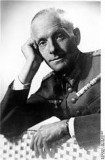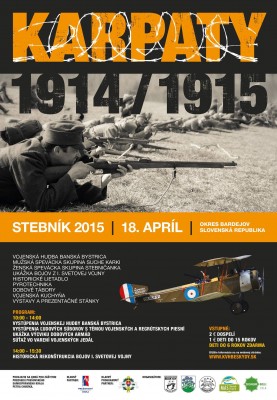List of author's articles

Activities of the Beskydy Military History Club in 2011 (January-June)
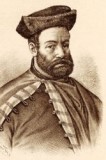
Anti-Habsburg uprisings in Hungary I. - The uprising of Štefan Bočkaj

Anti-Habsburg uprisings in Hungary II. - Gabriel Betlen's uprising

Anti-Habsburg uprisings in Hungary III. - Uprising of Juraj I. Rákóczi

Anti-Habsburg uprisings in Hungary IV. - The uprising of Imrich Thököly
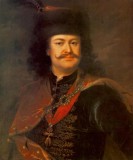
Anti-Habsburg uprisings in Hungary V. - Uprising of Francis II. Rákócziho

Assyrian Empire

Athens state system
Auxiliary historical sciences I. - Heraldry

Auxiliary historical sciences II. - Sphragistics

Battle of Rozhanovce

Bratríci

Caesar von Hofacker

Cavalry units of the Austrian monarchy during the reign of Maria Theresa

Cavalry units of the regular Austro-Hungarian army until 1914

Cemeteries of the First World War in the Carpathians I.

Cemeteries of the First World War in the Carpathians II.
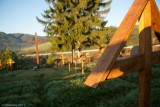
Ceremonial ordination of the reconstructed war cemetery in Palota

Civilization in the shadow of the pyramids I.

Civilization in the shadow of the pyramids II.

Civilization in the shadow of the pyramids III.
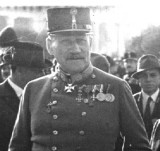
Colonel General Alois Fürst Schönburg-Hartenstein
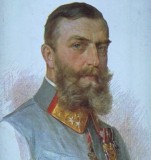
Colonel General Erzherzog Josef Ferdinand
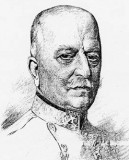
Colonel General Friedrich Freiherr von Georgi
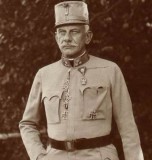
Colonel General Josef Freiherr Roth von Limanowa-Lapanów
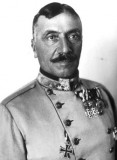
Colonel General Karl Freiherr von Pflanzer-Baltin
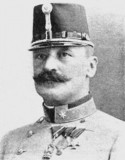
Colonel General Karl Graf Huyn

Colonel General Karl Graf Kirchbach auf Lauterbach

Colonel General Leopold von Hauer
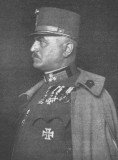
Colonel General Paul Baron Puhallo von Brlog
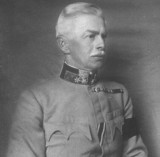
Colonel General Rudolf Freiherr Stöger-Steiner von Steinstätten
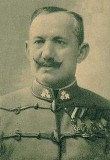
Colonel General Samuel Baron von Hazai
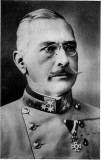
Colonel General Viktor Dankl Graf von Kraśnik
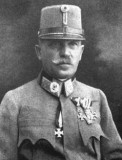
Colonel General Wenzel Freiherr von Wurm
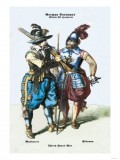
Development of the Prussian and German armies until the First World War I.
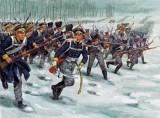
Development of the Prussian and German armies until the First World War II.
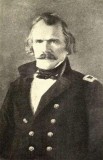
Died in the name of Confederacy - Part 1
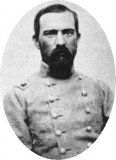
Died in the name of Confederacy - Part 2
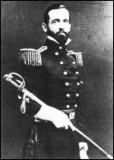
Died in the name of Confederacy - Part 3
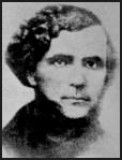
Died in the name of Confederacy - Part 4
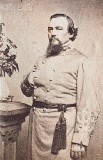
Died in the name of Confederacy - Part 5
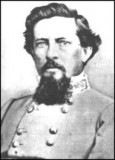
Died in the name of Confederacy - Part 6
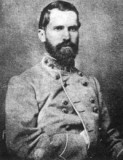
Died in the name of Confederacy - Part 7
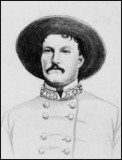
Died in the name of Confederacy - Part 8

Dragoon regiments in the Habsburg army I.

Dragoon regiments in the Habsburg army II.

Dragoon regiments in the Habsburg army III.
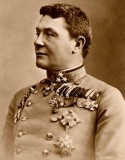
Field Marshal Hermann Free Lord Kövess von Kövessháza

French Revolution I.

French Revolution II. - "The Revolution Eats Its Children"

French Revolution III.

Garrison towns in the monarchy I.
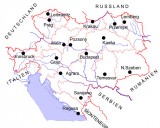
Garrison towns in the monarchy II.

German politics and diplomacy during the reign of Chancellor Caprivi

Humenné District in 1945 (situation report)

Hungarian cavalry units before the First World War

Infantry units of the Hungarian homeland defense before the First World War

Infantry units of the joint Austro-Hungarian army before the First World War
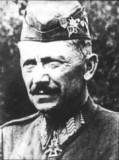
Jozef Turanec
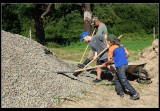
KVH Beskydy Work Camp at the Veľkrop War Cemetery (August 18-20, 2011)

Memorial actions in war cemeteries from the First World War (October 12-14, 2012)

Nobility in our territory in the 9th - 13th century
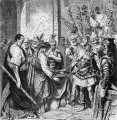
Odoacer
Odoacer was a barbarian soldier and statesman from the Middle Danube who deposed the Western Roman child emperor Romulus Augustulus and became the ruler of Italy (476–493). Odoacer's overthrow of Romulus Augustulus is traditionally seen as marking the end of the Western Roman Empire.

Plans of the Austrian General Staff for the Defense of the Carpathians from 1811
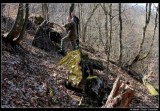
Reconstruction of a part of the Arpad line in the cadastre of the village of Ulič
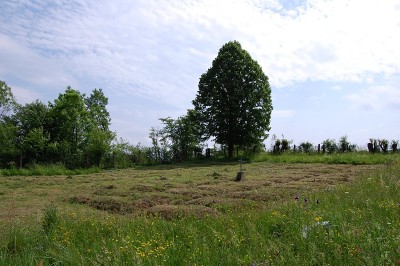
Reconstruction of a war cemetery from the First World War in the village of Becherov

Reconstruction of a war cemetery from the First World War in the village of Stebník
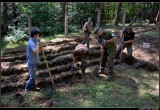
Reconstruction of the war cemetery from the First World War Snina I. Giglovo
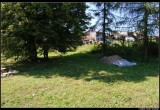
Reconstruction of the war cemetery in the village of Kružlová (July 23, 2012)
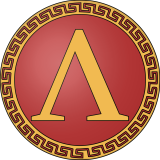
Sparta
When pronouncing this word, interesting associations emerge before the eyes of every fan of ancient history. A strange and legendary state system, the virtues boasted by the Spartans, but most often the horror of the nephews led by King Leonid in the heroic battle of Thermopylae. What was really behind the phenomenon of the Spartan state? What was the strength, but also the weaknesses of this company, briefly tries to approach this article.

Stolice-counties in Slovakia
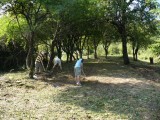
Strategy for the rescue of war cemeteries in northeastern Slovakia

Tatar invasion of Hungary 1241

The Babylonian Empire
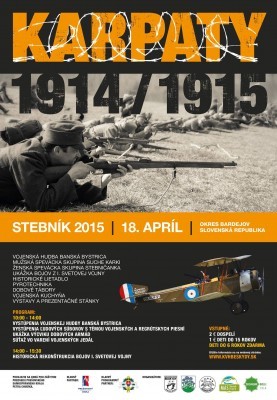
The fifth year of the traditional Carpathian event 1914/1915

The Hittite Empire

The process of collectivization in the district of Humenné I.

The process of collectivization in the district of Humenné II.

The process of collectivization in the district of Humenné III.

The process of collectivization in the district of Humenné IV.

The process of collectivization in the district of Humenné V.

The process of collectivization in the district of Humenné VI.

The Truman Era
The period between 1945 and 1950 in American politics could be called, in short, the Truman era. Unlike Roosevelt, Harry Truman came to the presidency as a not very well-known politician. He was characterised by his decisiveness and firmness of character. However, it was not until he took office that the public recognised these abilities.

The Turkish military conquests in the territory of today's Slovakia - part 1.
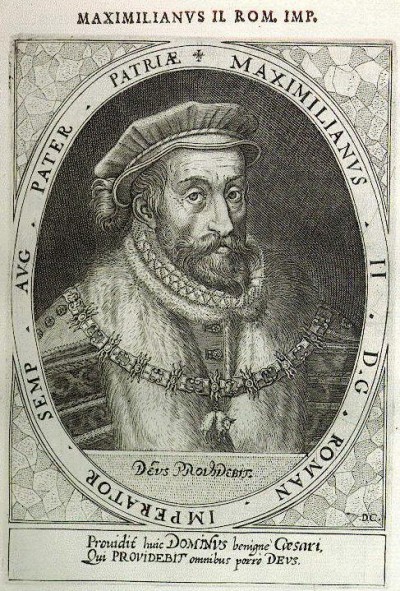
The Turkish military conquests in the territory of today's Slovakia - part 2.

The Turkish military conquests in the territory of today's Slovakia - part 3.
From 1660, the security situation on the Hungarian-Turkish border gradually began to deteriorate again. A new conflict was approaching. The Turkish Empire stabilized internally and once again showed its threatening power. The war began in 1663 and the territory of today's Slovakia immediately felt it.
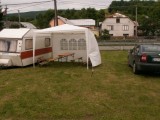
VWGMC job camp in Velkrop (June 15-16, 2012)
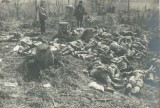
War cemeteries from the First World War in the district of Medzilaborce I.
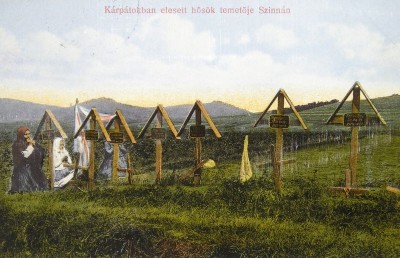
War cemeteries in northeastern Slovakia I.
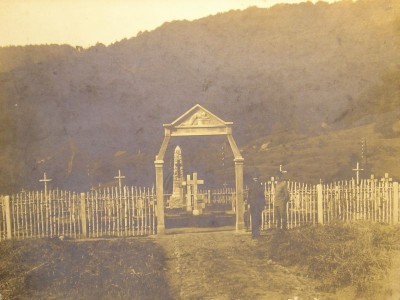
War cemeteries in northeastern Slovakia II.

War cemeteries in northeastern Slovakia VI.
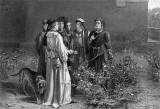
War of the Roses I. - The roots of the war
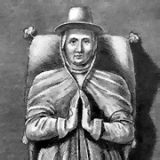
War of the Roses II. - The government of Henry VI.
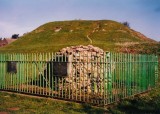
War of the Roses III. - The fall of the Duke of Suffolk

War of the Roses IV. - The kingdom of chaos
War of the Roses IX. - Warwick's uprising
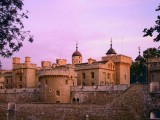
War of the Roses V. - The war begins
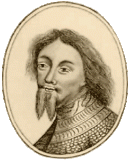
War of the Roses VI. - York on the rise

War of the Roses VII. - Bloody years
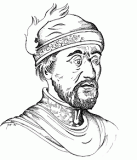
War of the Roses VIII. - Edward IV and Warwick
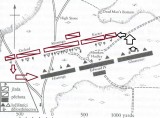
War of the Roses X. - The End of the Lancasters

War of the Roses XI. - The end of the Duke of Clarence

War of the Roses XII. - Edward and Richard
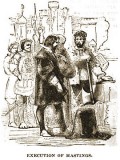
War of the Roses XIII. - The government of Richard III.

War of the Roses XIV. - Road to Bosworth
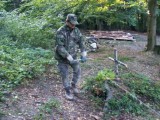
Work at the Pod Kobylou war cemetery in Výrava (September 24, 2011)
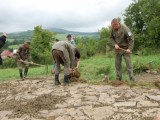
Work camp KVH Beskydy in Becherov (July 26-29, 2011)
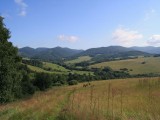
Work camp KVH Beskydy in Výrava (6-9 July 2011)
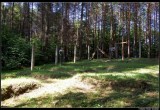
Working brigade at the Snina-Giglovo war cemetery (June 22, 2012)
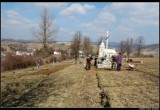
Working camp of the Beskydy Military History Club at the Hostovice War Cemetery (24.03.2012)
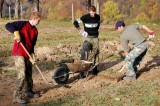
Working event at the cemetery in Veľkrope (October 28-29, 2011)

Working event at the Snina I.-Giglovo war cemetery (25.7.2012)

Working event at the Výrava - Pod Kobylou cemetery (15.10.2011)

Working event at the war cemetery in Velkrop (3-4 August 2012)
Report from the reconstruction of the largest war cemetery from the First World War in Slovakia in the village of Veľkrop.

World War I - fighting in the Carpathians (evaluation of the conference in Humenné)
Join us
We believe that there are people with different interests and experiences who could contribute their knowledge and ideas. If you love military history and have experience in historical research, writing articles, editing text, moderating, creating images, graphics or videos, or simply have a desire to contribute to our unique system, you can join us and help us create content that will be interesting and beneficial to other readers.
Find out more

